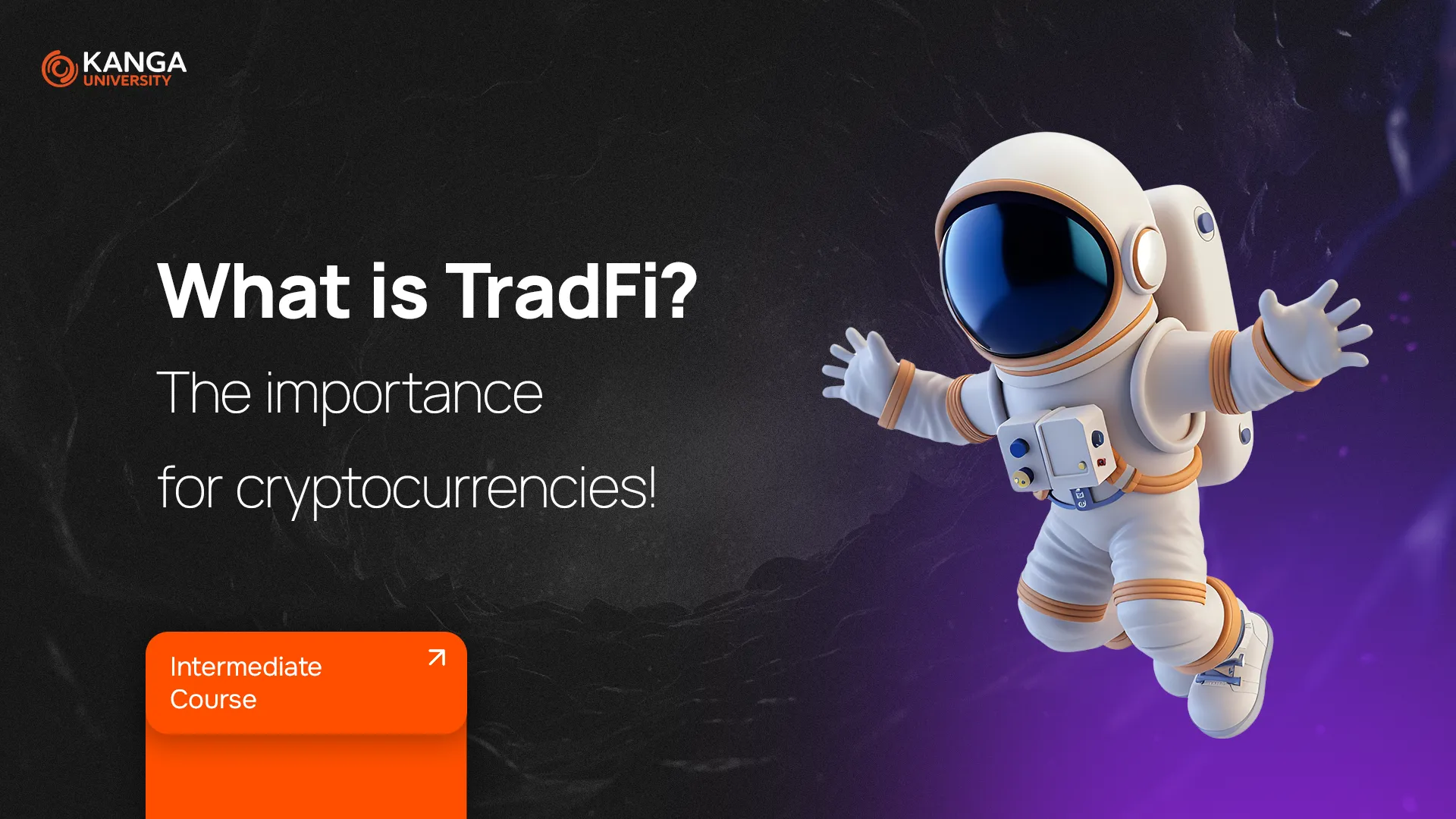
If you’ve ever used a bank account, taken out a loan, or paid with a credit card—you’ve already been part of the world of TradFi, or traditional finance.
This is the financial system that has supported the global economy for decades. But with the rise of blockchain and cryptocurrency, many are beginning to ask: Is TradFi still enough? And how does it measure up against newer financial technologies like DeFi?
What Is TradFi?
TradFi, short for “traditional finance,” refers to the established financial system we interact with every day. It includes regulated institutions like:
-
Banks
-
Insurance companies
-
Stock exchanges
-
Savings accounts
-
Loans and mortgages
-
Investment firms
-
Currency exchange services
These institutions operate under strict government regulations and are monitored by central banks and financial authorities.
TradFi is considered a centralized system where intermediaries manage your money, and every transaction goes through a regulated process. While this ensures stability and legal oversight, it also limits freedom and innovation.
How Does TradFi Work?
In TradFi, control lies with centralized institutions. When you transfer money or apply for credit, you’re relying on banks or other third parties to execute and approve the process.
Transactions are slow, expensive, and often involve trust in multiple layers of bureaucracy. You’re not directly in control of your money—you’re simply given access to it under specific conditions.
TradFi vs DeFi – Key Differences
As blockchain technology grows, an alternative has emerged: DeFi (decentralized finance). It removes middlemen like banks and allows users to transact directly with each other using smart contracts.
Here’s a simple comparison:
| Feature | TradFi | DeFi |
|---|---|---|
| Middlemen | Yes (banks, brokers) | No (peer-to-peer via smart contracts) |
| Accessibility | Limited (based on rules, location) | Open to anyone with internet |
| Regulations | Strict and centralized | Still evolving, often unregulated |
| Transaction speed | Slow (days or hours) | Fast (seconds or minutes) |
| Transparency | Partial | Full (blockchain is public) |
Will DeFi Replace TradFi?
Not anytime soon. TradFi still dominates the global economy and handles trillions of dollars in assets. Major markets like Forex, stock exchanges, and bond markets still rely on centralized systems.
But DeFi is growing fast. More users and developers are exploring decentralized financial products each year. While TradFi offers stability and security, DeFi brings freedom, speed, and innovation.
Rather than a replacement, many experts believe we’ll see convergence between the two systems in the future.
Can TradFi and DeFi Work Together?
Yes – and it’s already happening. Financial institutions are exploring ways to adopt blockchain into their services. At the same time, DeFi platforms are working to meet legal standards.
This fusion is often called “OneFi” – a unified financial model that combines the best of both worlds:
-
TradFi’s safety and regulatory structure
-
DeFi’s openness, automation, and innovation
Advantages of TradFi
-
Strong legal protection for consumers
-
Regulated environment for large-scale finance
-
Trusted institutions and investor confidence
-
More familiar and accessible to older generations
Limitations of TradFi
-
High fees and slow processes
-
Limited access for the unbanked or underbanked
-
Less innovation due to strict regulations
-
Lack of direct control over your own funds
Summary
TradFi is the financial system most of us use every day—when we pay bills, use a debit card, or apply for a loan. But with blockchain and DeFi on the rise, people are gaining access to new tools that offer faster, cheaper, and more direct financial interactions.
So, will one system win over the other? Probably not. The future of finance may lie in combining both—creating a more inclusive and flexible ecosystem that works for everyone, everywhere.
Understanding both TradFi and DeFi is key to navigating money in the 21st century.